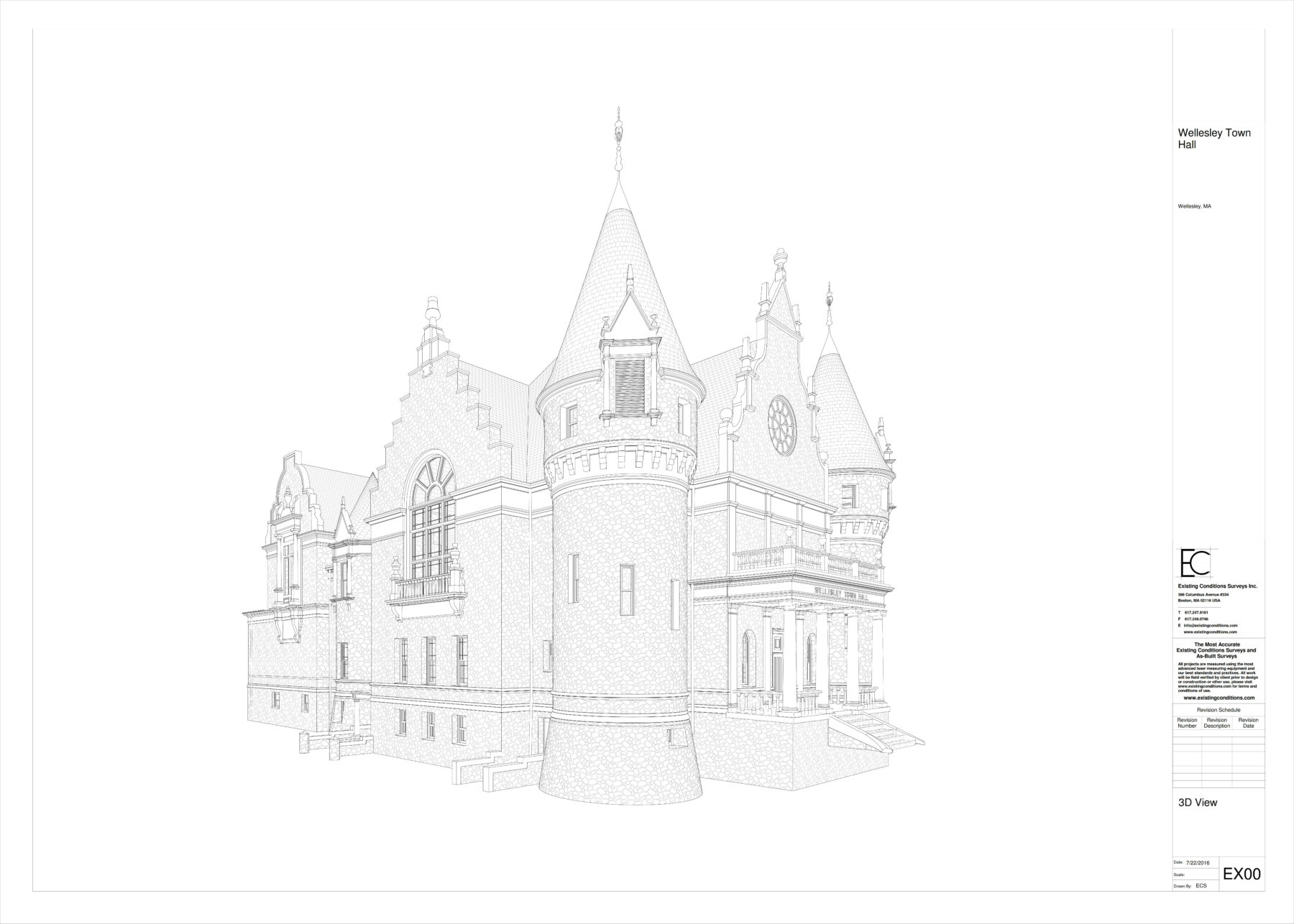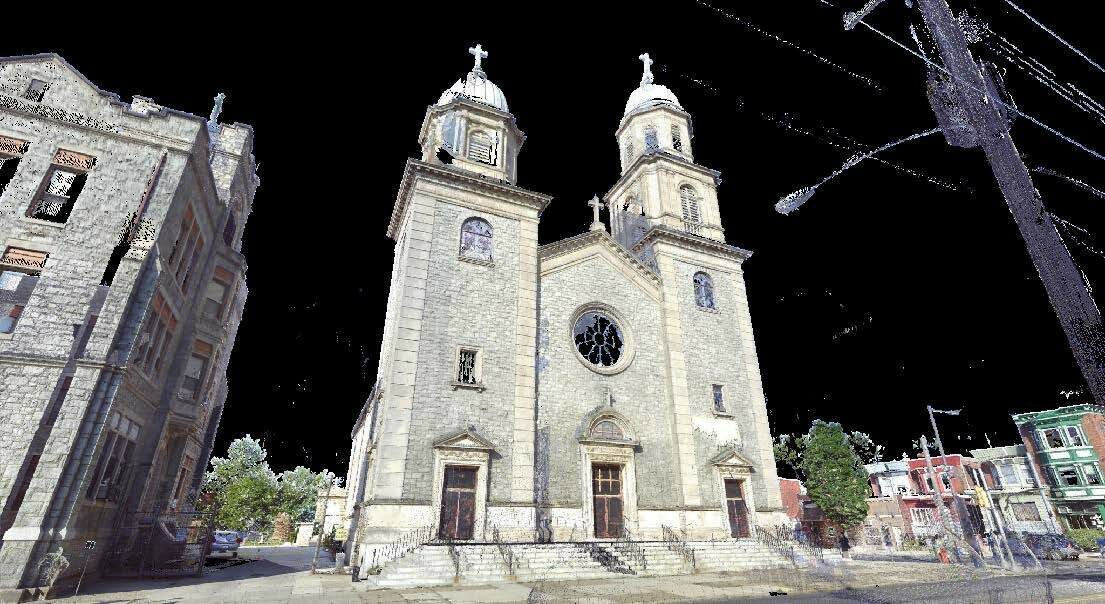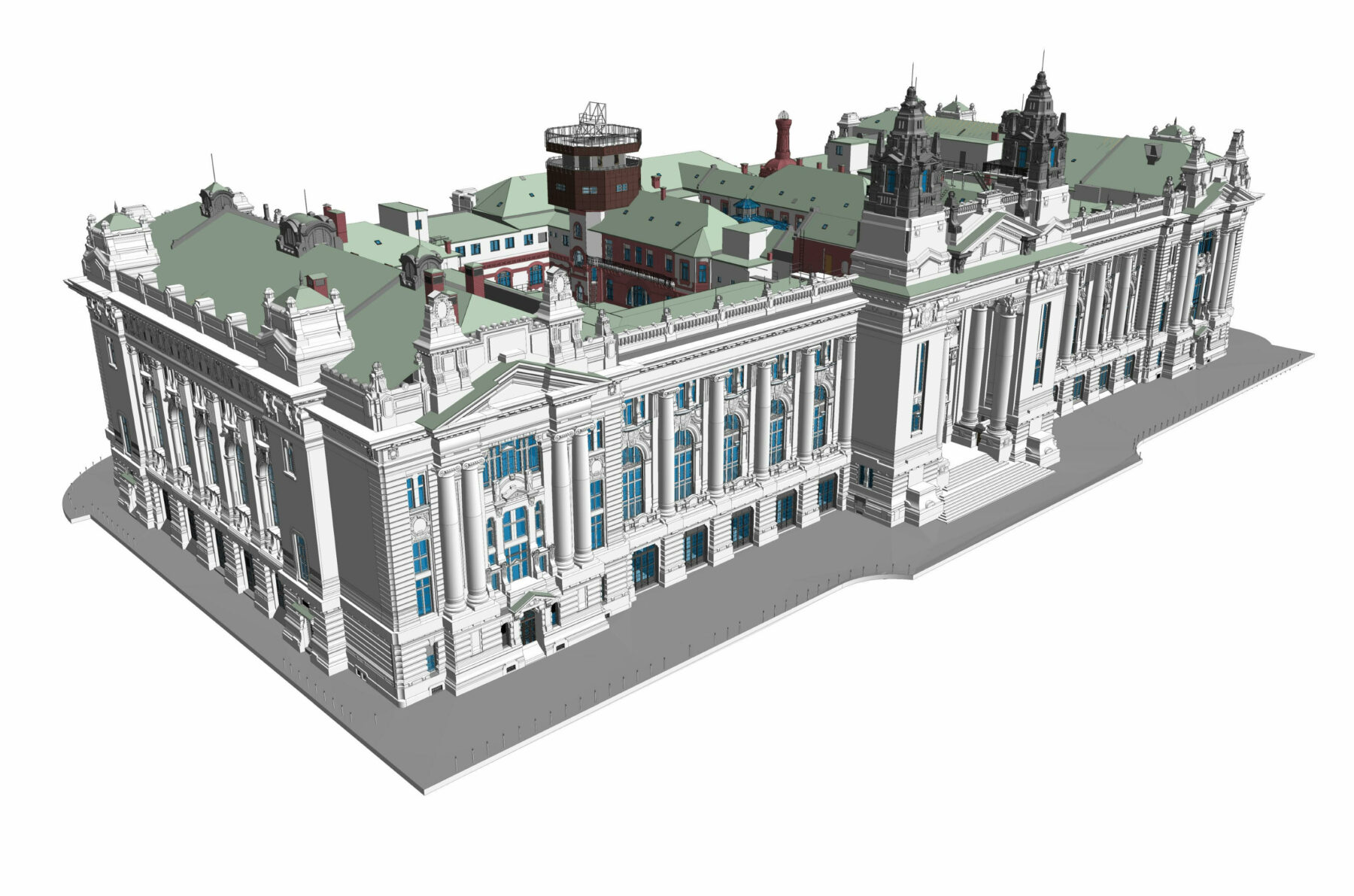Kurt Yeghian

Founder and CEO, Existing Conditions
When did you first become interested in architecture as a possible career?
Growing up, the family business was residential construction. I know spending countless hours on constructions sites as a child and teen was influential to my career choice.
How do (or how did) you explain to your parents what you do for a living?
Like most parents, they wanted me to be happy and successful, and having a secure job with a large firm was their definition of that. At first they were worried that starting my own firm was the wrong path. But then we achieved rapid success by providing architects with the accurate data to execute their designs, using the latest technology.
If you could give the you of 10 years ago advice, what would it be?
To be more focused and energized by all the great work we were doing, and not to get caught up in the daily struggles that always work themselves out.
Who or what deserves credit for your success?
My staff, and my family.
What is your favorite Boston-area building or structure?
I would have to say the State House. We have worked extensively on the House or Representatives Chamber and the Senate Chamber, and were a critical part of the rebirth of those spaces.

Has your career taken you anywhere you didn’t expect?
The best and most exciting part of my career has been the ability to work in so many great buildings, from the US Capitol Building, to the Pentagon, to Carnegie Hall, to the New York Stock Exchange.
Which one of your current projects excites you the most?
Currently we are working on a project that includes 3D scanning and BIM modeling of the New York Stock Exchange trading floor. It is an iconic space that we all see on the news every day. It's very exciting to be a part of that and feel the energy in the building.
What has been the proudest moment of your career?
When I was able to take my children to the American Museum of Natural History in New York City and show them how the work that we were doing helped this great institution. No need for awards—that was satisfying enough.

What do you hope to contribute from your work?
Our main goal from day one was to be the go-to source for architects to get accurate information, drawings and situational awareness so that they could make decisions based on accurate data, instead of having to rely on finding old drawings in the basement, or sending interns that do not have the skills or technology needed to set a critical point of departure for projects. This saves the entire community time, money, and stress.
If you could collaborate with anyone in the profession, who would it be and why?
I am proud to say that the best architects in the country work with us and trust our work. We are starting to collaborate with architecture schools in order to help bring our technology and what we do to the next generation of architects.
Have you won any award(s) from the BSA or another establishment? What elements from that project would you like to see shape the future of the profession?
We have not won any awards from the BSA or other groups. There should be an award for this important part of the project, but I am not looking for any awards—I just want to continue to deliver work of superior quality.
What does equity mean to you?
Doing things fairly.
What do you see as the largest barrier to equity in the profession?
Reaching the next generation, and getting them excited about the profession.
What are some changes that you have implemented in your firm (or for yourself) to address issues of equity in the profession?
We recently completed a collaboration with The National Trust and a number of students at HBC. This article speaks volumes: https://savingplaces.org/stori...

What is the most effective step you’ve taken in your work toward a more sustainable built environment?
We have been “paper free” since the beginning 24 years ago. We still only work this way, and our work is always delivered electronically.
What do you see as the largest barrier to a zero-waste building, city, and world?
Why are we still printing countless rolls of paper drawings? We need to get off the paper!
What is the greatest potential for architecture to shape a neighborhood community?
By providing people with places they like to go to and can feel proud being a part of.
What architectural buzzword would you kill?
I wish the media would stop using the word “architect” to describe
anyone that did anything— e.g. the architect of 911, the architect of
the Gulf War, etc.
Where do you find inspiration?
My kids.
What are you reading right now?
Never Split the Difference by Chris Voss.

